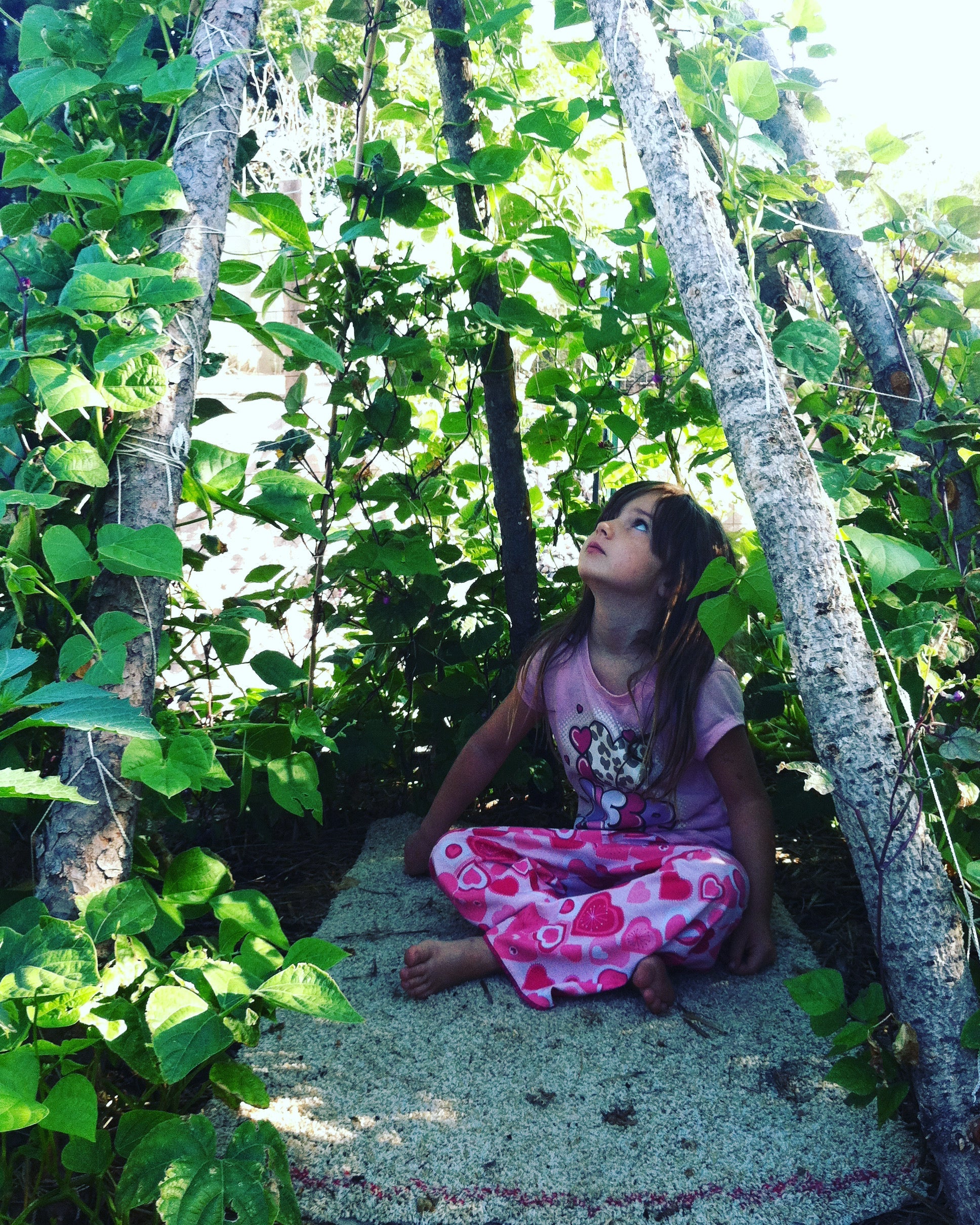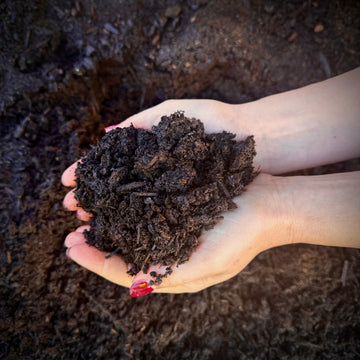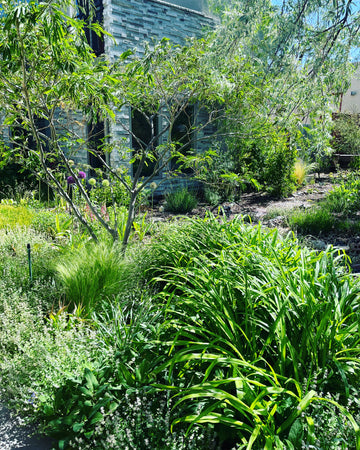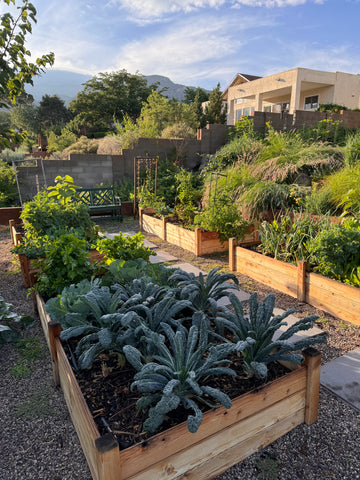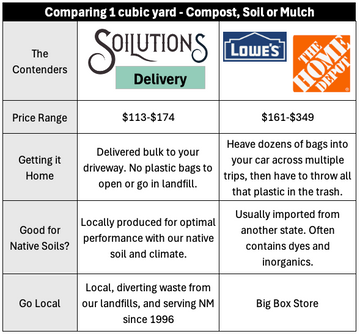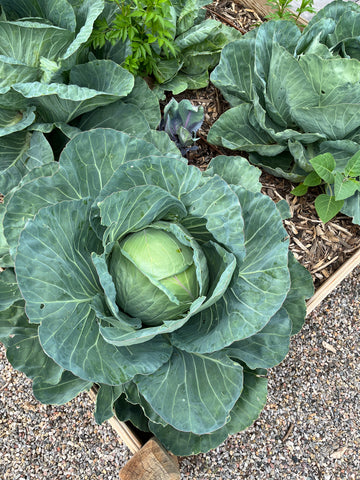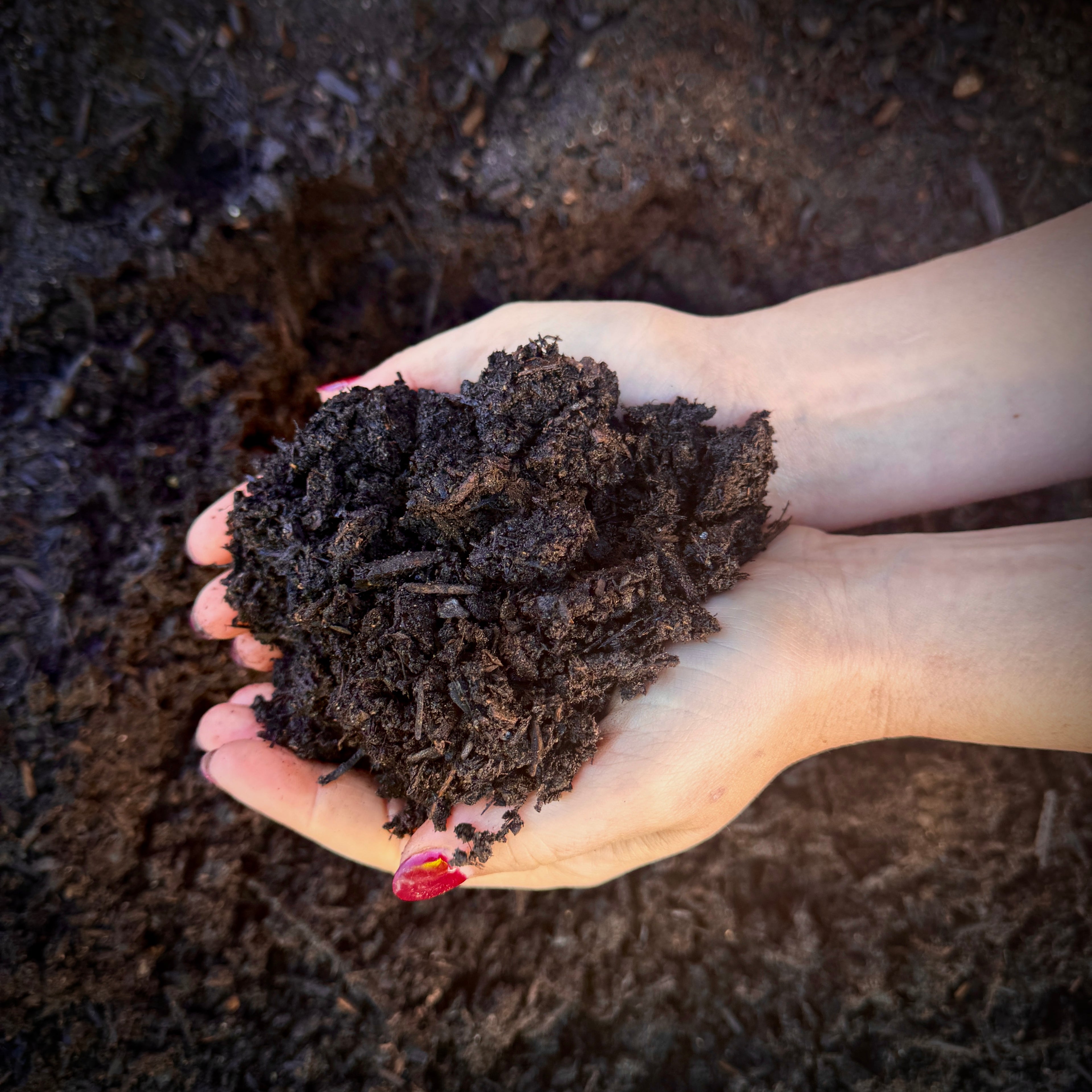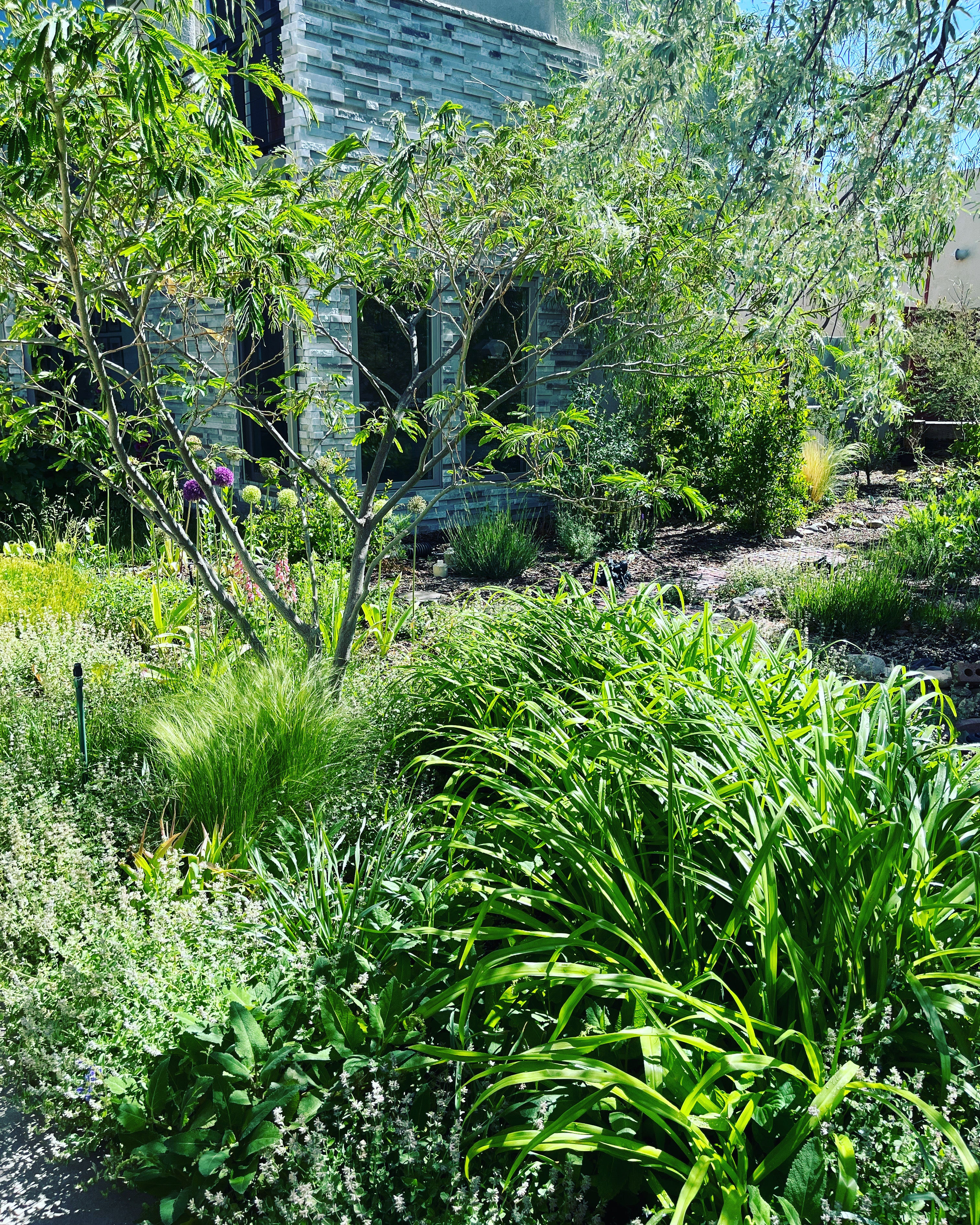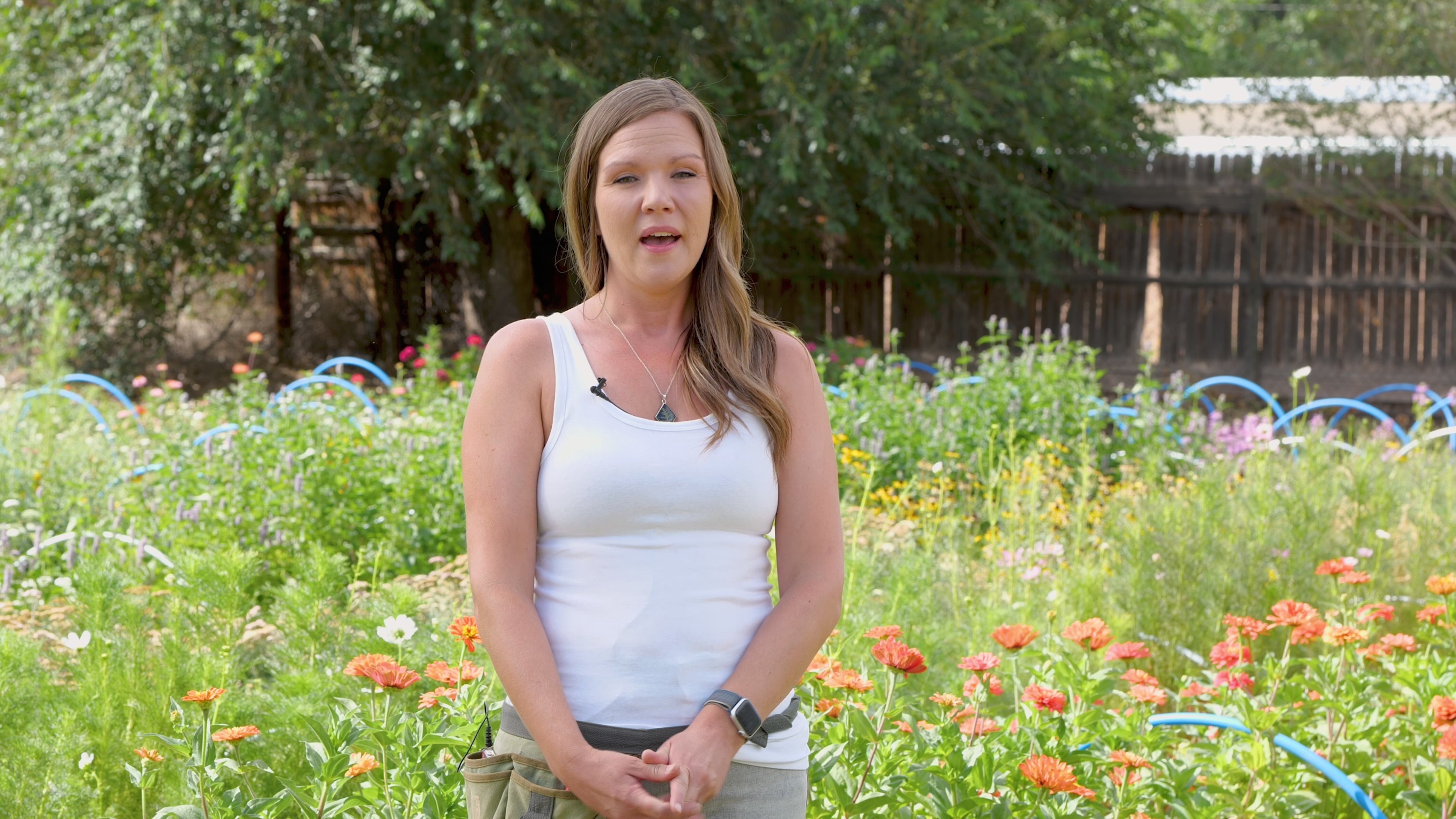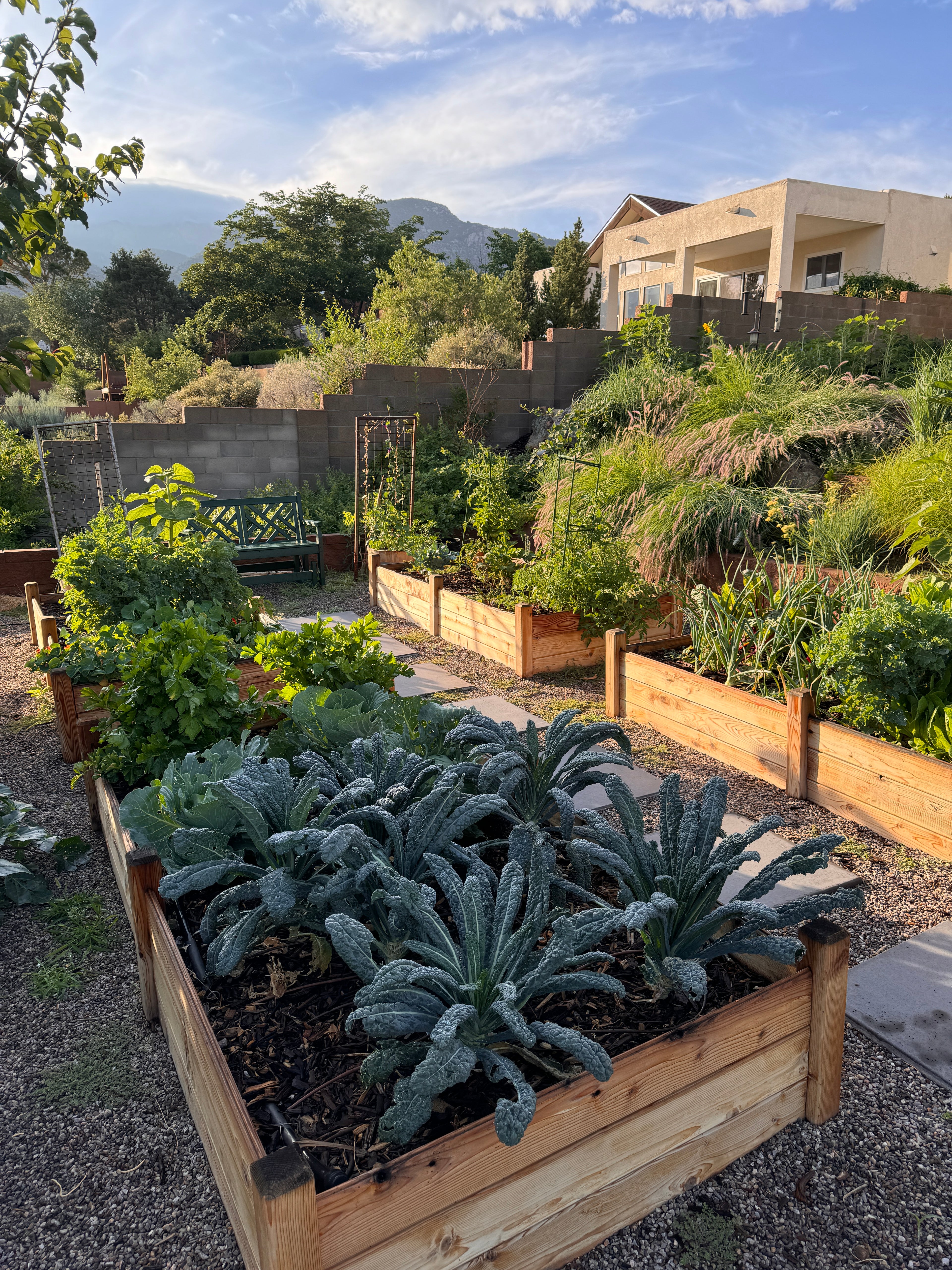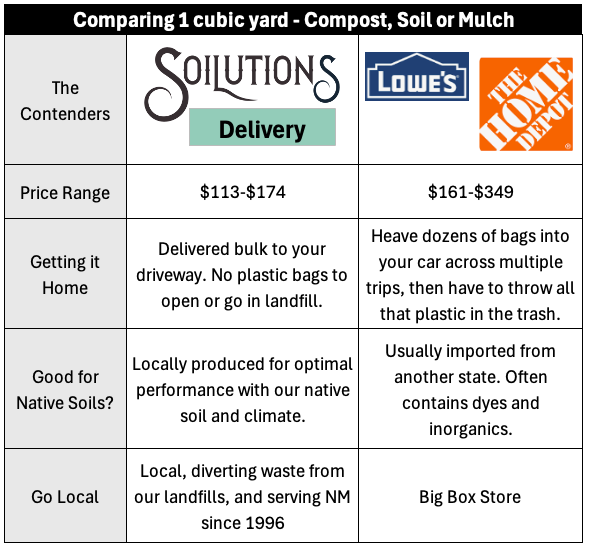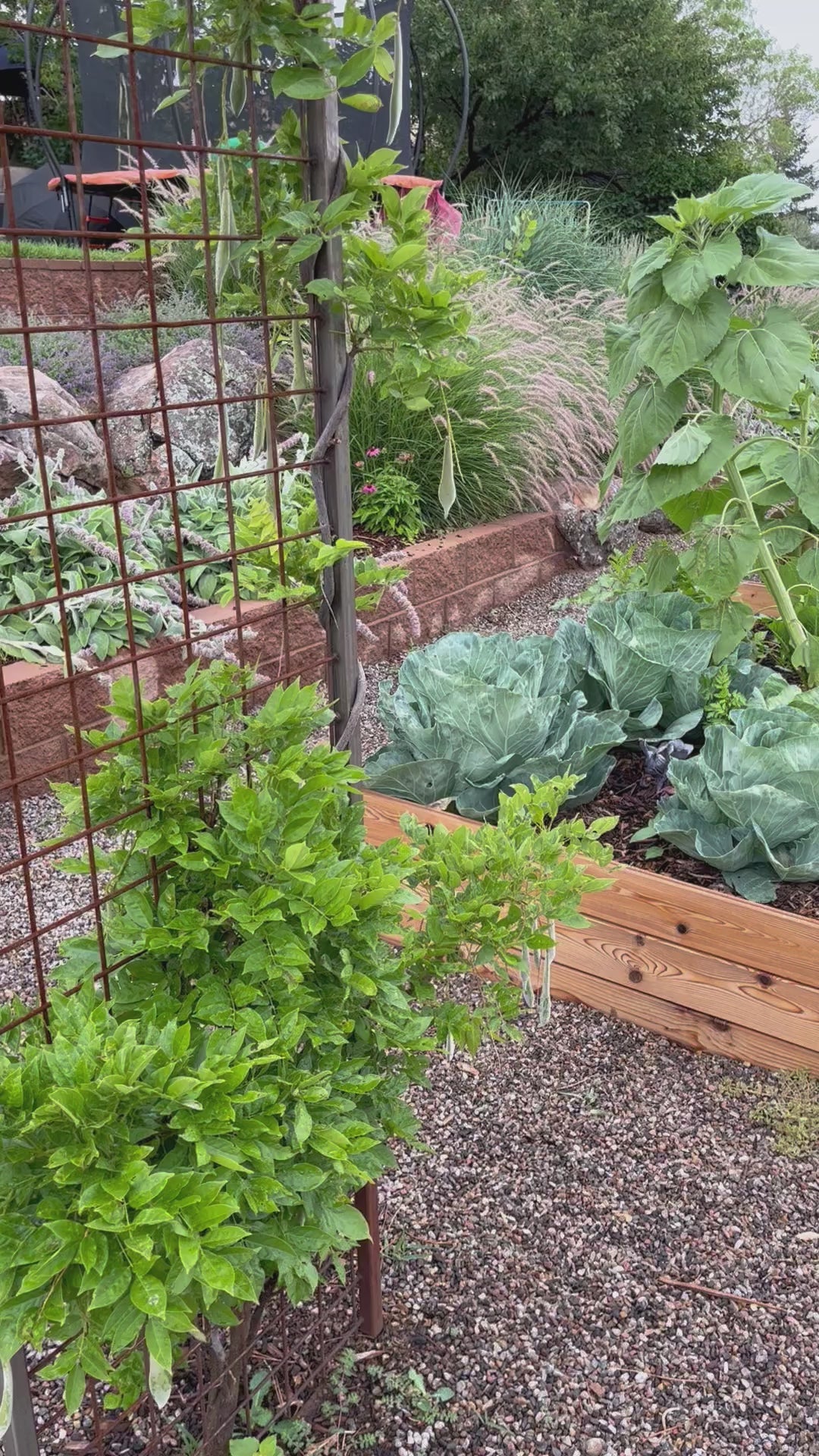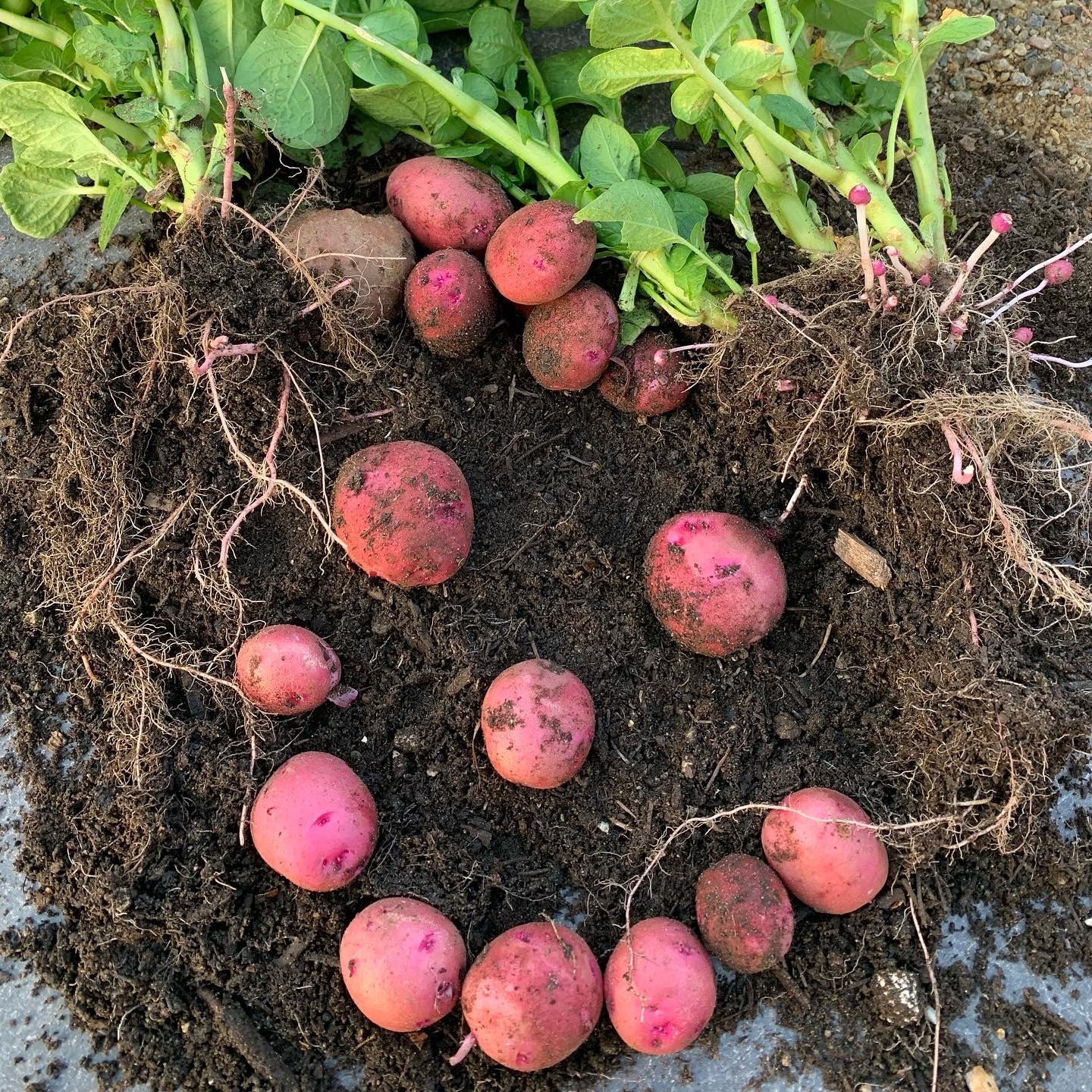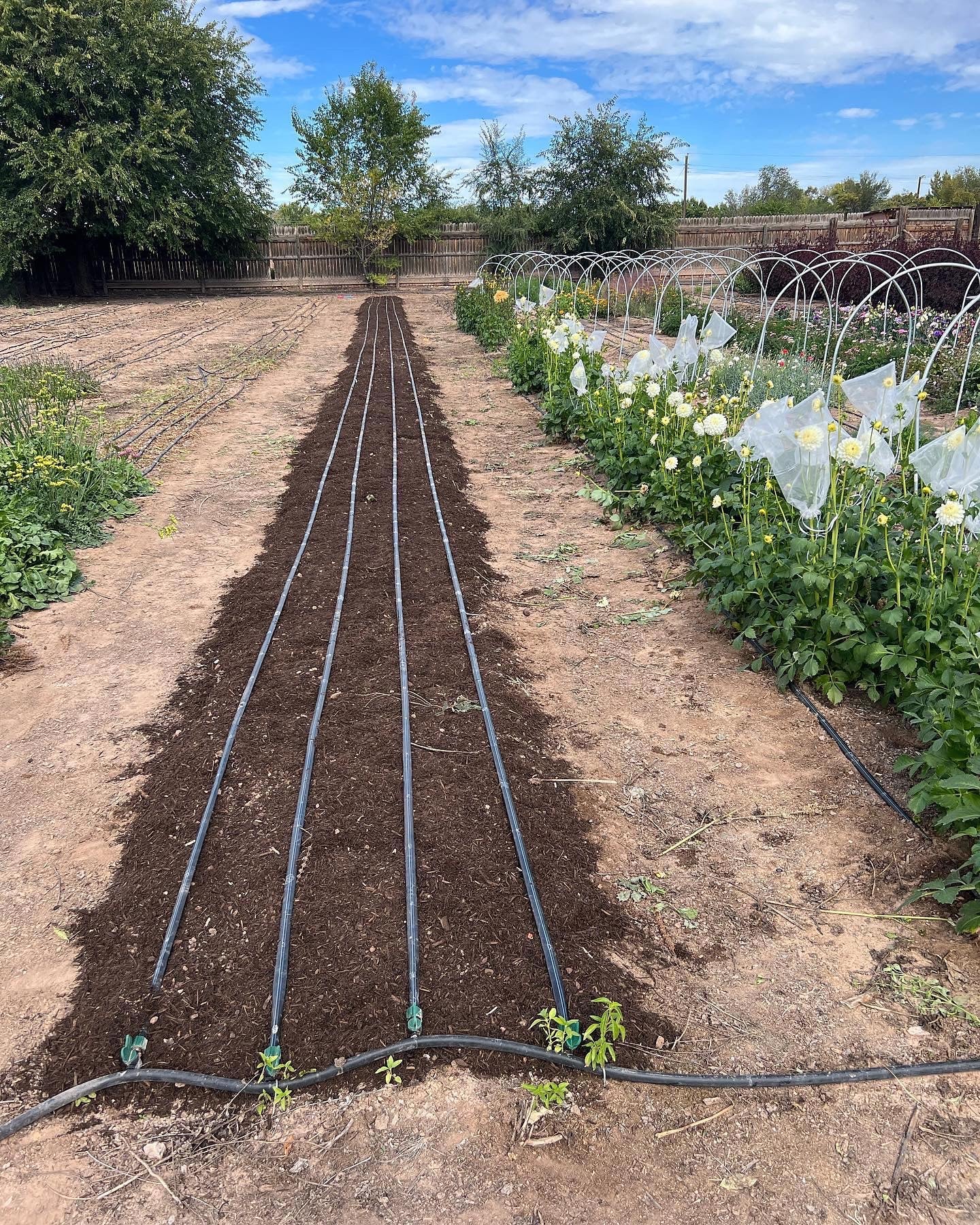Gardening is one of the most enjoyable, rewarding activities for families. If you’re looking for a way to connect with your kids, get outdoors, and nurture a love for healthy eating, starting a garden together is the perfect solution. Not only does it provide countless opportunities for bonding, but it also offers a wealth of benefits for your children’s health, learning, and development.
Why Gardening with Kids is a Game-Changer
1. Health Benefits: Fresh Air, Physical Activity, and Healthy Eating
Gardening offers kids a chance to get moving outdoors, improving their physical health while also providing the opportunity to learn about healthy foods. Digging, planting, watering, and harvesting are all fun ways for children to get active. Gardening is also a fantastic way to boost mental well-being—nature has a calming effect, helping reduce stress and increase focus.
The best part? When kids grow their own vegetables, they are often more open to eating them. There’s something special about tasting the fruits (or veggies!) of their own labor. Whether it’s homegrown tomatoes, snap peas, or carrots, kids are more likely to try and enjoy these foods because they were involved in the process from seed to plate.

2. Family Bonding and Quality Time
Gardening is a hands-on, interactive experience that fosters family bonding. Working together in the garden gives everyone the chance to share knowledge, pass on wisdom, and celebrate small victories as plants grow and thrive. It’s a relaxed environment where you can chat, laugh, and make lasting memories. Plus, there’s no better way to teach your children about patience and responsibility than by having them care for plants that rely on their attention to thrive.
3. A Sense of Accomplishment and Responsibility
From planting seeds to watching them sprout and eventually harvest, children gain a sense of accomplishment as they witness the results of their hard work. Gardening also teaches responsibility as kids learn the importance of regular care, such as watering and weeding, while nurturing something living. It’s a valuable lesson that translates to many other areas of life.
Tips for Getting Started with Gardening with Kids
Getting started with gardening doesn’t need to be complicated. You don’t need a huge backyard or a green thumb to have fun and make it easy for kids to get involved. Here are some tips to ensure your gardening experience is enjoyable and successful:
1. Choose Kid-Friendly Plants
For beginners, it’s important to choose plants that are easy to grow and maintain. Look for plants that are resilient, fast-growing, and have big, easy-to-handle seeds. Beans, sunflowers, peas, and pumpkins are great options for kids because their seeds are large and easy to handle. Fast-growing plants provide quick results, keeping your little gardeners engaged and excited to see progress.
2. Make It Hands-On
Kids love getting their hands dirty, so make sure the garden is a hands-on experience. Let them plant the seeds, water the plants, and help with harvesting. Show them how to use tools safely, like small hand trowels or watering cans, and encourage them to take the lead in their gardening tasks. The more involved they are, the more they’ll learn and appreciate the process.

3. Teach Them About Nature and Sustainability
Gardening provides the perfect opportunity to teach children about the natural world, ecology, and sustainability. Explain the role of pollinators like bees and butterflies, how composting helps plants grow, and why healthy soil is so important. You can even introduce them to the idea of organic gardening by showing them how to avoid chemical pesticides and fertilizers.
4. Make it Fun and Educational
Don’t forget to bring a little creativity into the process. Kids love to personalize their gardens, so let them decorate plant markers or create a unique garden layout. You could even incorporate a fun theme—like a fairy garden or a vegetable patch with rainbow-colored plants. Make it a learning experience by teaching them how plants grow and the different parts of a plant (root, stem, leaf, flower, fruit). There are plenty of books and resources to make gardening fun and educational for kids of all ages.
5. Start Small
If you’re just starting out, there’s no need to overwhelm yourself with a massive garden. Start with a small patch of soil, a few pots, or even window boxes. This makes it easier to manage and helps children feel like they can handle the task. You can expand as they get more comfortable and excited about their gardening skills.
The Bottom Line: Gardening Brings Families Closer
Gardening is a wonderful way to teach kids valuable life skills, foster a love of healthy eating, and spend quality time as a family. The benefits of gardening with kids extend far beyond just growing food; it’s an opportunity to connect with nature, learn about sustainability, and create memories that will last a lifetime. Whether you’re planting your first seeds or harvesting your homegrown vegetables, gardening is a rewarding experience that will keep your kids engaged, healthy, and happy.

So grab your gloves, get your little ones involved, and watch your garden—and your family—grow together!


